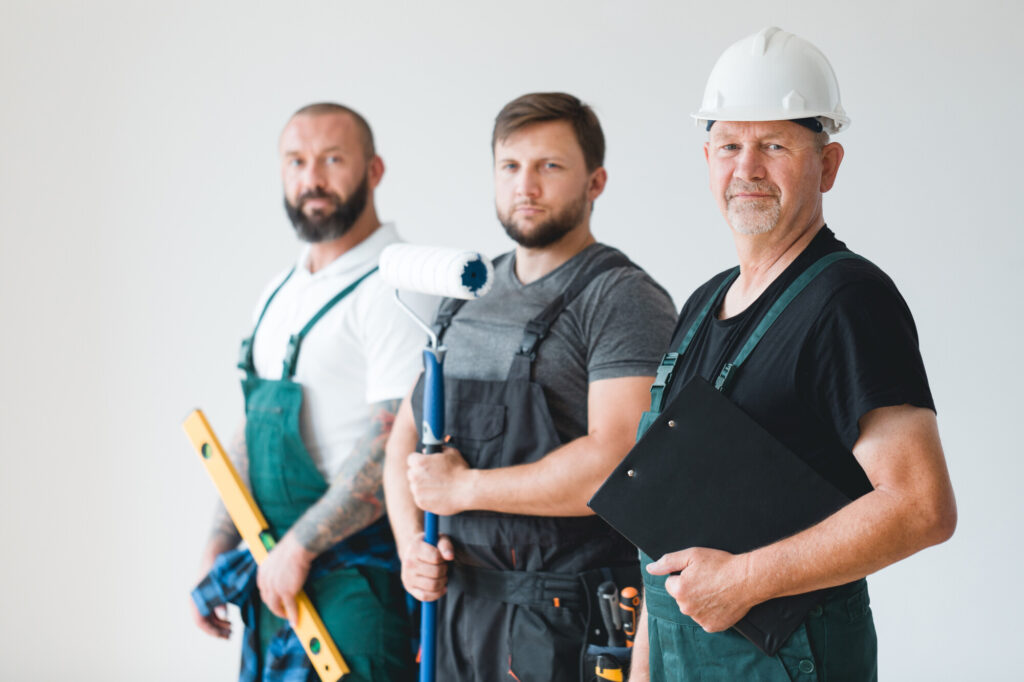Balcony ownership and maintenance responsibilities often confuse condominium owners and their homeowners associations. At properties like springleaf-residences, understanding these distinctions helps prevent disputes and ensures proper upkeep of these valuable outdoor spaces. Clear delineation of responsibilities protects individual investments and the community’s overall aesthetic and structural integrity.
Governing documents define responsibilities
The primary source for determining maintenance obligations lies within the condominium’s governing documents. These legal documents establish the framework for all maintenance responsibilities throughout the community. Declaration of Covenants, Conditions, and Restrictions (CC&Rs) typically contains specific language about balcony maintenance duties. Master deed definitions of limited common elements versus exclusive use common areas affect who handles various aspects of balcony care. Bylaws may contain additional clarification about maintenance procedures and requirements. Many associations distinguish between structural elements and cosmetic features. Structural components that affect building integrity generally fall under HOA responsibility, while decorative or surface elements often remain the owner’s obligations. This distinction helps allocate costs appropriately while maintaining structural safety standards throughout the building.
Common HOA balcony responsibilities
Homeowners’ associations typically take responsibility for structural components that impact the building envelope or safety. This approach ensures consistent maintenance standards and protects the community’s long-term value. HOA maintenance duties commonly include:
- Waterproofing membranes beneath tile or other flooring
- Structural support beams and connection points
- Exterior surfaces of railings visible from ground level
- Drainage systems integrated with the building envelope
- Concrete repairs addressing structural issues
Associations maintain these elements through scheduled inspections, preventive maintenance programs, and prompt repairs when problems arise.
Owner maintenance obligations
Individual unit owners generally assume responsibility for their balconies’ aesthetic and functional aspects. These elements affect daily use and enjoyment but have less impact on structural integrity. Owner maintenance obligations typically cover:
- Balcony flooring surfaces, including tile, pavers, or decking
- Interior railing surfaces not visible from common areas
- Sliding door mechanisms and weatherstripping
- Furniture, planters, and other personal items
- Regular cleaning to prevent debris accumulation
Owners must follow association guidelines regarding weight limitations, approved flooring materials, and aesthetic standards. These rules maintain community appearance while protecting structural elements from damage due to improper installations or excessive weight.
Gray areas requiring clarification
Despite seemingly straightforward divisions, some maintenance aspects fall into ambiguous territory that may require specific interpretation. Water damage presents particularly complex questions about responsibility, as the source might be challenging to determine. Light fixtures attached to balcony ceilings may be considered the owner’s property or part of the building’s electrical systems. Modifications made by previous owners complicate responsibility determination when not adequately documented. Associations and owners should report all changes approved with clear maintenance agreements to prevent future disputes.
Practical approaches to shared maintenance
Thriving communities adopt collaborative approaches to balcony maintenance that protect individual and collective interests. Many associations develop comprehensive balcony inspection programs that include HOA and owner maintenance items. These inspections help identify issues early while educating owners about proper care. Some communities implement bulk repair programs where owners can opt into group rates for maintenance items under the owner’s responsibility.
When balcony issues arise, addressing them promptly, according to governing documents, helps prevent escalation into costly disputes. When maintenance questions arise, most communities benefit from a collaborative approach rather than an adversarial stance.
You may also like
-
Unlocking Opportunities The Perfect Condo for Technical Education Enthusiasts – Chencharu Close Condo
-
Creative and Inspiring Easter Egg Design Ideas for Your Holiday Celebrations
-
How Does LASIK Eye Surgery Improve Vision for Sports Enthusiasts in College Station
-
How to Prevent Roots From Invading Your Sewer Line
-
How to Choose the Right Living Room Ceiling Design for Your Space?


